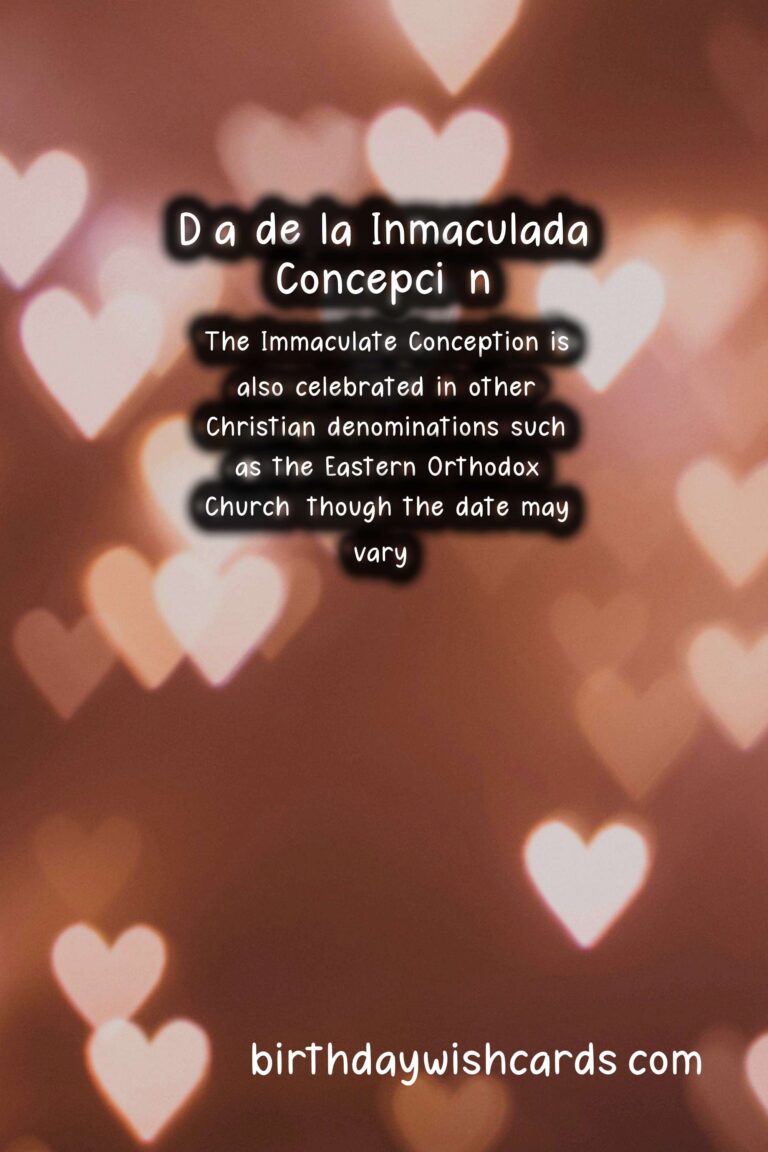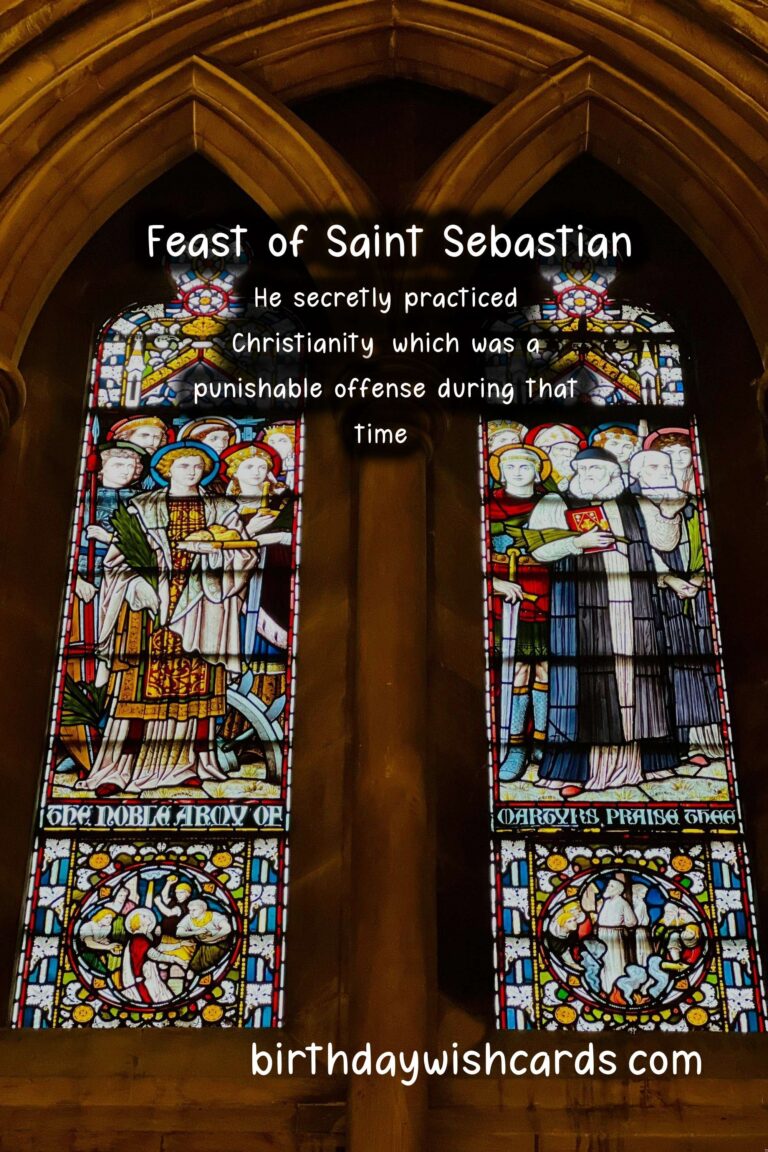Feast of Corpus Christi – A day to celebrate the body and blood of Christ
The History and Significance of Feast of Corpus Christi
In the Catholic Church, the celebration of the Eucharist, or the Holy Communion, is one of the most important sacraments. It is believed that during the Mass, bread and wine are transformed into the body and blood of Jesus Christ. This miracle is known as transubstantiation, and the Feast of Corpus Christi is a special day to honor and celebrate this belief.
The Feast of Corpus Christi, also known as the Solemnity of the Most Holy Body and Blood of Christ, is a Catholic holiday that falls on the Thursday after Trinity Sunday. This year, it will be celebrated on June 20th. The feast originated in the 13th century and has been a part of the liturgical calendar since then. It is a holy day of obligation, meaning that Catholics are required to attend Mass on this day.
The Origin of Feast of Corpus Christi
The Feast of Corpus Christi was established by Pope Urban IV in 1264, after a Belgian nun, Juliana of Liege, had a vision of the full moon with a dark spot on it. She believed that the spot meant that there was a missing feast on the Church’s liturgical calendar to honor the Holy Eucharist. She shared her vision with her confessor, who then relayed it to the Pope.
Pope Urban IV was inspired by Juliana’s vision and ordered the feast to be celebrated every year on the Thursday after Trinity Sunday in honor of the Eucharist. He also commissioned Thomas Aquinas, a famous theologian and philosopher, to write prayers and hymns specifically for this feast day.
The Significance of Celebrating Feast of Corpus Christi
The Feast of Corpus Christi is a celebration of the belief that the bread and wine used in the Mass are transformed into the body and blood of Jesus Christ. This belief is the foundation of the Catholic faith and is a reminder of Jesus’ sacrifice for our salvation. By celebrating this feast, Catholics are reaffirming their faith in the miracle of transubstantiation.
Aside from its theological significance, the Feast of Corpus Christi also has a cultural and social importance. In many Catholic countries, processions are held on this day to publicly display the Blessed Sacrament. This is a way for Catholics to share their faith with others and to give public witness to the miraculous transformation that takes place during the Mass.
How Feast of Corpus Christi is Celebrated
The day is marked by a special Mass, during which the consecrated host is placed in a special receptacle called a monstrance. This monstrance is then displayed on the altar or carried in a procession around the church or in the streets. The faithful follow the Blessed Sacrament in the procession, singing hymns and saying prayers. The procession usually ends with a benediction, where the priest blesses the people with the Blessed Sacrament.
Feast of Corpus Christi is also celebrated with feasts and gatherings, where the faithful come together to share a meal and commemorate the miracle of transubstantiation. It is a time for family and friends to come together and strengthen their bonds through their shared faith.
The Feast of Corpus Christi is a holy day of obligation for Catholics.
It is celebrated on the Thursday after Trinity Sunday.
The feast originated in the 13th century, and was established by Pope Urban IV.
The day is a celebration of the belief that the bread and wine used in the Mass are transformed into the body and blood of Jesus Christ.
It is a reminder of Jesus’ sacrifice and a reaffirmation of the Catholic faith.
Processions are held on this day to publicly display the Blessed Sacrament.
It is a way for Catholics to share their faith with others.
Feast of Corpus Christi is also a day to strengthen bonds with family and friends.
The day is marked by a special Mass and a procession with the Blessed Sacrament.
Celebrations also include feasts and gatherings with loved ones.








#FeastofCorpusChristi #BodyandBloodofChrist #HolyEucharist #Transubstantiation #CatholicFaith #Procession







